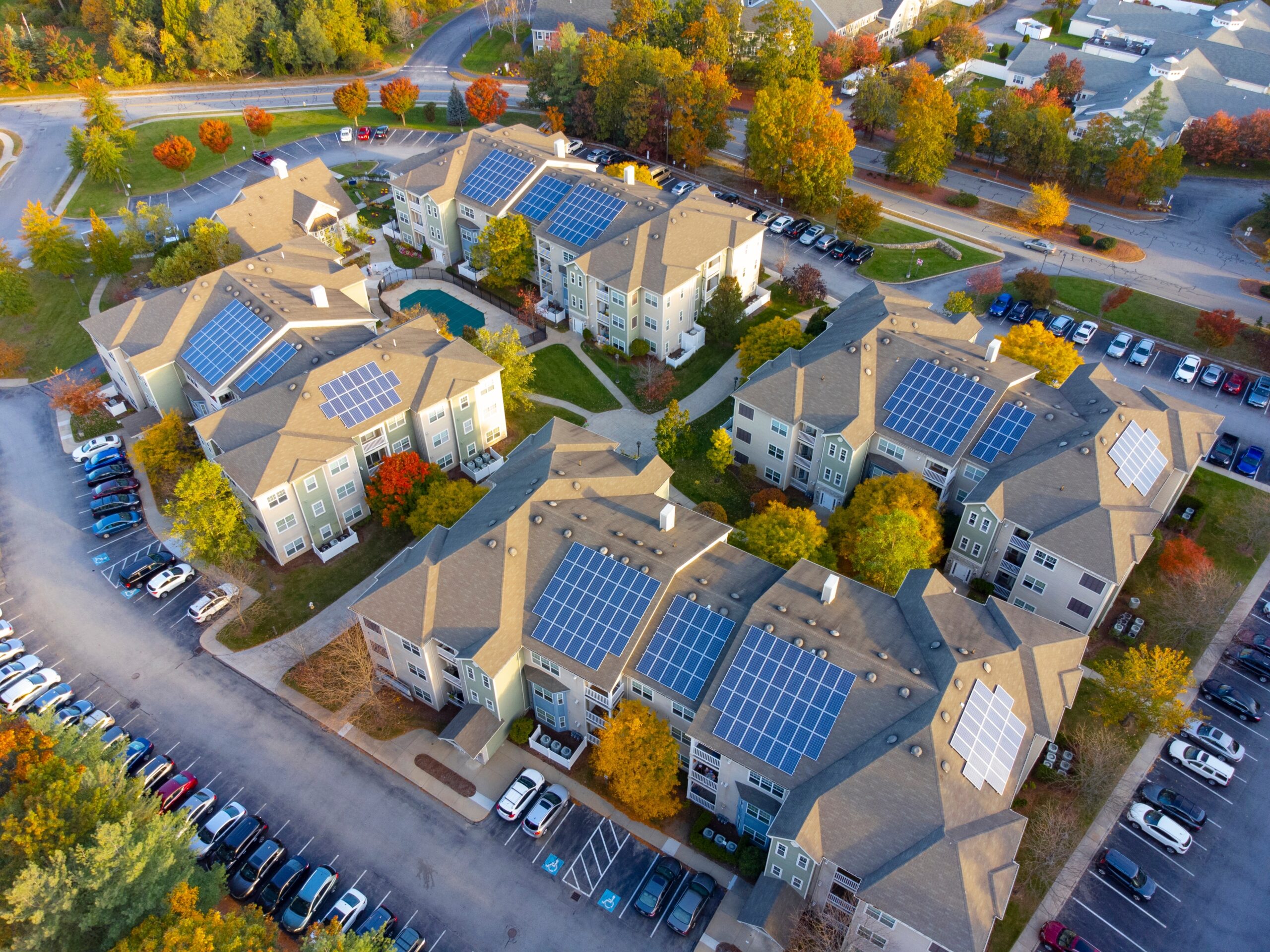Climate & transitional risk – who will take charge?

This post was previously published in Mortgage Finance Gazette on 12th April 2023
Before the COP27, Greta Thunberg said she’d skip the climate summit because it would only be ‘used as an opportunity for leaders and people in power to get attention’. The Swedish climate activist was worried about green-washing.
That’s a shame as greenwashing was addressed at the conference. COP27 said financial institutions need to achieve net zero without greenwashing. Guidelines on preventing corporate greenwashing focused on bringing integrity and transparency to net-zero commitments. They recommend financial institutions implement a policy of not investing in or financing business linked to deforestation and that they eliminate such business from their portfolios by 2025.
The guidelines also concluded that the Glasgow Finance Alliance for Net Zero – a global coalition of banks and other financial institutions which are committed to facilitating the net zero transition – needs to improve its standards and be prepared to remove poorly performing members if it is to achieve its net zero aims.
This strikes me as massively pertinent to the UK mortgage market for at least two reasons. First, green mortgages.
Currently, green mortgages are an ineffective sideshow — little more than a marketing exercise. Mainly, they are used to finance the purchase of new build properties that carry the best — A or B — energy efficiency ratings. But they have the potential to do so much more. They should be encouraging better energy efficiency through retrofitting, steering people to make their properties more climate resilient at the point of purchase.
The problem stems from the Energy Performance Certificate (EPC). An EPC gives you a score, sure — but it doesn’t spell-out how much you need to spend to improve a property. Lenders rely on an EPC for a green mortgage because the certificate is the only game in town. And, as the Times put it recently, they are staggeringly inaccurate — a fact raised with ministers by their own climate adviser. The costs are out of date, the basis for the calculation is highly swayed by the age of the boiler and the property and less on the measures fitted, save for insulation.
To make the green mortgage truly effective, conveyancers should be advising the client on the potential impact on investment to retrofit to then obtain one, while flagging to lenders whether the price has, say, been negotiated down because of retrofit costs. If not, will lenders then pivot rates for homebuyers to access green mortgages when the retrofits are done? They could start to get some return on their investment with savings through their mortgage (given the financial squeeze this is a good incentive).
Lenders need to say what advice they want from their conveyancing panels — this includes the physical risks like identifying flood, coastal erosion and subsidence risks up to 30 years in advance to cover the majority of loan periods. But there needs to be a clearer definition of what lenders want reporting about transition risks — the EPC on its own isn’t enough to help the conveyancer explain the issue to the client and the potential impact on the loan and rates.
So there is a gap that needs filling. Better advice to encourage retrofit to achieve a switch to a green mortgage would be a great start and make green mortgages truly a greening device. It would unlock their potential. It would be good to get a sense from the BSA and UK Finance about how they could be practically used in this way
Second, lenders should also be thinking about the transitional risks associated with the value of their mortgage assets. Lenders need to figure out what they will do with any possessions they have to make in the future as asset values are distorted by climate change.
They will potentially need to cover off energy retrofit costs and other mitigation costs. The lending industry can’t rely on RICS’ red book guidance on sustainability. It is not specific enough — and valuers are only going to quote on current values, rather than the effect climate change might have on a property twenty years from now.
This is a big risk not to have nailed down: It’s no accident that US Treasury Secretary Janet Yellen is warning climate change may trigger asset value losses in coming years that could cascade through the U.S. financial system. Currently, there are 2.5 million properties at risk of flooding in the UK. Thanks to climate change, by 2050, this number will have risen to 6.5 million. Imagine a big lender not having a handle on that scale of value-destruction coming at them down the tracks.
Also, The Law Society will be bringing out new guidance for law firms shortly in terms of advice to clients on climate risks, as well as ethical considerations on who to act for and avoiding ESG risks when working with carbon majors and high polluters. Client advice is key here – using climate data in the property transaction by the conveyancer, such as our ClimateIndex analysis in our environmental searches, and communicating the potential risks in a consistent manner will go a long way to meeting this.
It would be good to see an equivalent response from UK Finance, BSA and member lenders in terms of how they want their conveyancing panels to align to this, as well as meeting ongoing PRA triaging requirements using this data.
Date:
Apr 14, 2023
Author:
David Kempster

